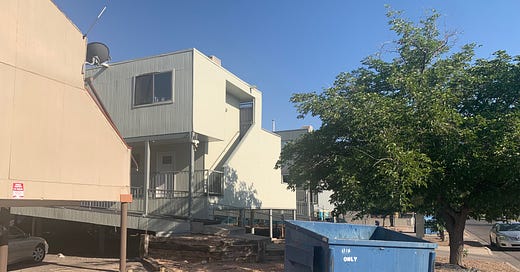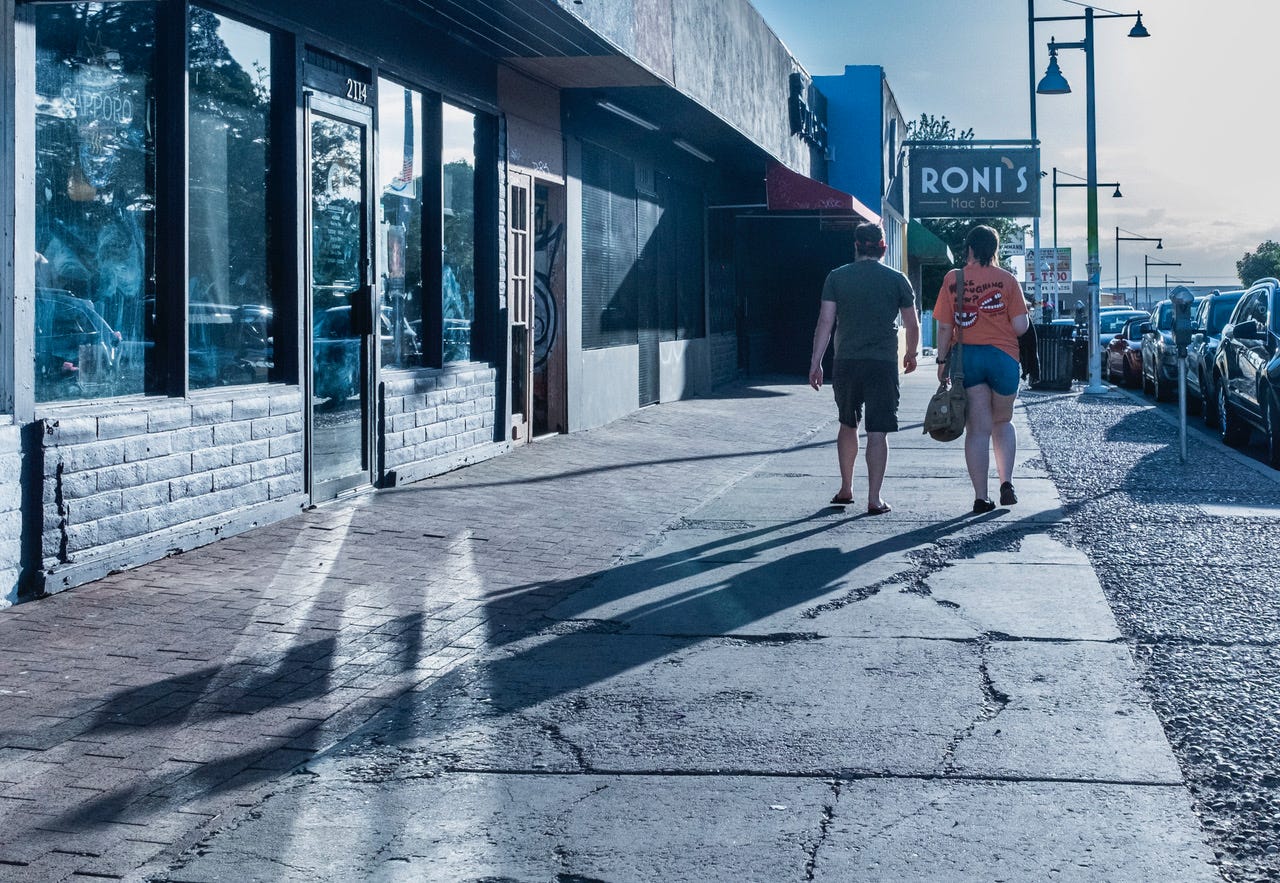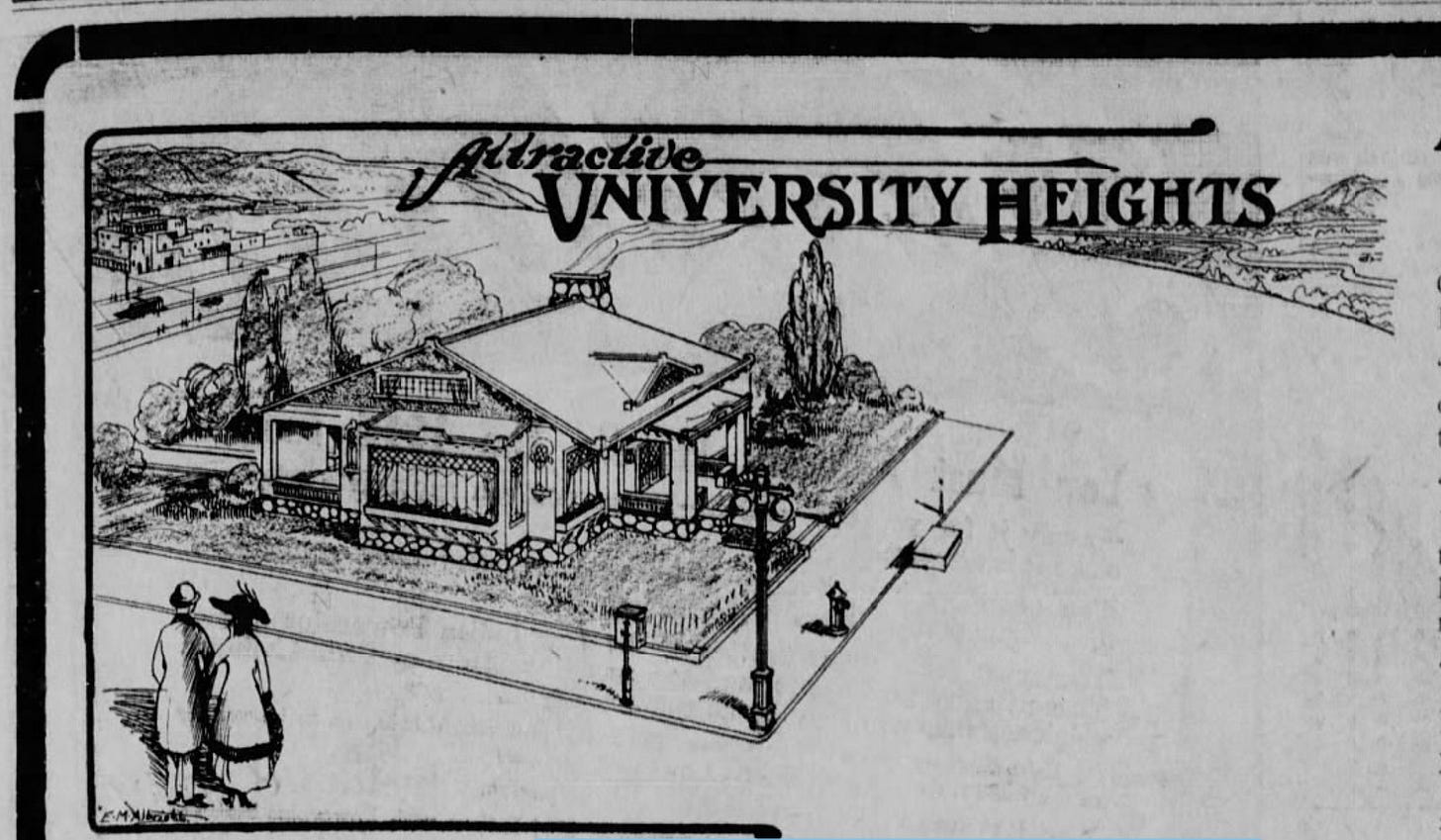Origins of the "Student Ghetto" and Juneteenth at Roosevelt Park
How the Western Half of University Heights Became the “Student Ghetto”
Girard Boulevard separates two neighborhoods that, today, seem quite different. To the east, the genteel residences of Nob Hill—mostly single-family dwellings with well-kept yards, a sign of the higher-than-average incomes the area attracts. To the west, the “student ghetto,” older houses between multi-story apartments, a population of mostly, well, students who have ventured outward from the dorms to take their first tentative steps toward independence—it has a reputation as a district of roommates, noisy parties and often neglected facades.
And yet, these fraternal twins began life as the same neighborhood: University Heights. So, how could a once cohesive neighborhood have been so starkly divided in both reputation and reality?
In the beginning, of course, there was no neighborhood at all. In 1889, speculator George Albright purchased 160 acres of formerly public land south and east of the University of New Mexico, at that time a windswept desert prairie. He didn’t hold the lands long, and deeded 120 acres of them to Thomas Fitzgerald the next year. For the next decade and a half, the area lay mostly undeveloped, with the exceptions of a few individual houses.
Keep reading with a 7-day free trial
Subscribe to Nob Hill News to keep reading this post and get 7 days of free access to the full post archives.





